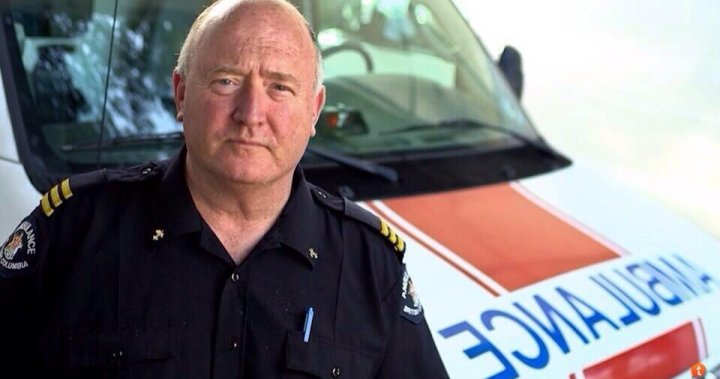January 19, 2024, marks the tenth anniversary of the death of beloved former North Shore Rescue team leader Tim Jones.
Technology advancements, especially in the search and rescue field, have grown by leaps and bounds since then, say rescue volunteers.
Global News spoke with North Shore Rescue team members, reminiscing about Jones and talking about how far it has come in the past decade.
“I remember meeting Tim when I first joined the team and he was this huge personality,” said Mike Danks, North Shore Rescue’s team leader. “Over the years, Tim took me under his wing and had so much to offer. If you messed up, you were going to hear about it but for me, it worked and it made me much better.”
Jones died suddenly in 2014 while coming down from the rescue team’s cabin on Mount Seymour from a heart attack. He was rushed to Lions Gate Hospital with a police escort, but it was too late to save him.
Jones made over 1,500 rescues during his volunteer career with North Shore Rescue.
“We’ve taken Tim’s vision, we’ve built on it and we’ve gone to places where Tim didn’t’ know was possible,” Danks said.
Get the latest National news.
Sent to your email, every day.
“That’s made me so incredibly proud. We’ve done it as a team”
Jones brought in several safety measures for the team including seamless communication in the backcountry and SAR stations and caches.
“When you fast forward to today, we have a hoisting machine that we are using (which) has night vision capability,” Danks said. “We are looking at different technology with forward-looking infrared.”
Peter Haigh, North Shore Rescue’s search manager, said the search and rescue stations Jones implemented a decade ago are still a valuable resource for the team.
“The remote SAR stations have really proved their worth, no question,” he told Global News. “We just don’t have to go down to our main base and pick up our truck or pick up the equipment we go straight to a remote SAR station in an area where there are a lot of call-outs.”
Haigh said the development with the team’s helicopter usage and field medical services would make jones proud.
“Night vision (would be) another thing he would be very proud of (and) the doctors we have associated with the team. We’ve got about 12 emergency doctors who are available 24/7 and who can come out in the field,” he said.
A peak on Mount Seymour, Tim Jones Peak, was named after the community leader in 2017.
Some of the more dangerous rescues occurred there, where colleagues said Jones saved many lives.
© 2024 Global News, a division of Corus Entertainment Inc.




